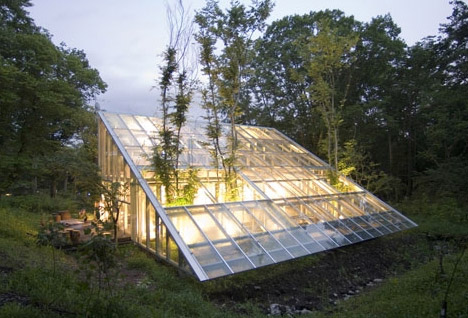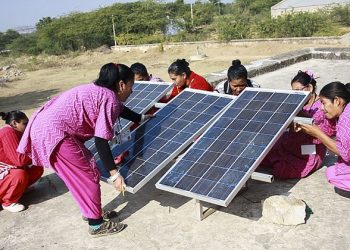A greenhouse is a building that people use specifically to cultivate plants. Greenhouses are helpful in both commercial and home settings.
Greenhouses are typically used in commercial settings to grow plants that would otherwise not be able to survive in their natural environments, such as tomatoes or roses. They are also used to produce seedlings and cuttings from other plants and for research purposes such as studying plant growth patterns.
Greenhouses are also popular in home settings because they provide a way to grow fresh vegetables year-round, even when outdoor conditions do not allow it.
Greenhouses range from small structures like cold frames to extensive industrial facilities like those found in the Netherlands and New Zealand. People use them for commercial or scientific purposes or for growing food in private homes.
You can use greenhouses to grow plants that cannot survive outside in certain climates or to extend the growing season of plants. Greenhouses are also valuable for research projects such as studies on plant growth rates and experiments with plant hybridization.
If you are using a greenhouse but want to improve the overall experience of managing the greenhouse, then you should consider investing in greenhouse technologies.
The term “greenhouse technology” refers to any technology you can use in a greenhouse setting. For example, hydroponic systems are one type of greenhouse technology that uses water instead of soil to grow plants.
If you’re interested in greenhouse technologies but don’t know whether they’re worth it, here are some advantages of greenhouse tech that might change your mind.
What is greenhouse technology?
Greenhouse technology has been around for a while, but it has evolved. Today, greenhouses have become more advanced and efficient in their design, which has increased their popularity among gardeners.
Greenhouse technology is a new way to make greenhouses more energy efficient or productive. Some examples are using LED lights instead of traditional HPS lights, hydroponics instead of soil, and sensors in the ground to measure moisture levels.
Greenhouse technology is a vast field with many different types of applications. Greenhouses are helpful for many purposes, including the production of food, the growth of plants, and the cultivation of animals.
Some examples of greenhouse technology include:
- Hydroponics: hydroponics is a system that uses water in place of soil to grow plants. You can do it inside or outside a greenhouse.
- Geothermal heating: Geothermal heating is a system that uses heat from the ground to heat greenhouses or other structures such as homes and schools.
- Solar heating: Solar heating is a system that captures sunlight to provide heat for greenhouses and other structures such as homes and schools.
The type of tech predominant in your greenhouse can change how a greenhouse operates overall and its classification.
For example, there are solar greenhouses. A solar greenhouse is a type of greenhouse that uses solar energy to heat the air inside it. It uses transparent materials like glass or plastic, letting sunlight through and heating the air inside. This type of greenhouse has many benefits, including being cost-effective and environmentally friendly because it doesn’t use any electricity or fossil fuels to operate.
Now that you know a bit more about greenhouse technology, you can now figure out some of the advantages of the use of greenhouse tech.
Advantages of a Greenhouse Technology
Investing in a greenhouse technology for your greenhouse will help you to save money on your energy bills. It will also allow you to produce more plants and vegetables all year round.
Greenhouses are a great way to grow various plants and vegetables all year round. Greenhouses can be used for many different purposes, such as growing flowers, propagating plants, or starting seeds indoors.
A greenhouse is an enclosed space that you can use to protect plants from the cold weather outside. You can use many technologies in greenhouses, but the two most common ones are passive solar heating and active solar heating. Passive solar heating is free and does not require any additional energy source, whereas active solar heating requires an energy source like gas or electricity to work correctly.
With greenhouse technology, you can control the humidity level in a greenhouse which is vital for the care and maintenance of your plants in the greenhouse.
The other advantages of investing in greenhouse technology for your greenhouse are:
- It will allow you to grow plants all year long.
- It will help you save money on heating costs, providing insulation and protection from the elements.
- It will reduce your dependence on pesticides because it allows you to control the environment inside your greenhouse better than outside.
- Better control over the environment in your greenhouse, which will allow you to grow more crops
- Greenhouse technologies also help to improve the quality and quantity of your crops.
If these benefits sound like a great thing for you that you would want, then definitely consider investing in more greenhouse tech.
There are many benefits that you can get from investing in greenhouse tech. You can produce better crops, create a better environment for your plants, and improve other greenhouse operations overall. Therefore, if you’ve been considering upgrading the greenhouse for some time, you should invest in some tech without hesitation, so try it out.



